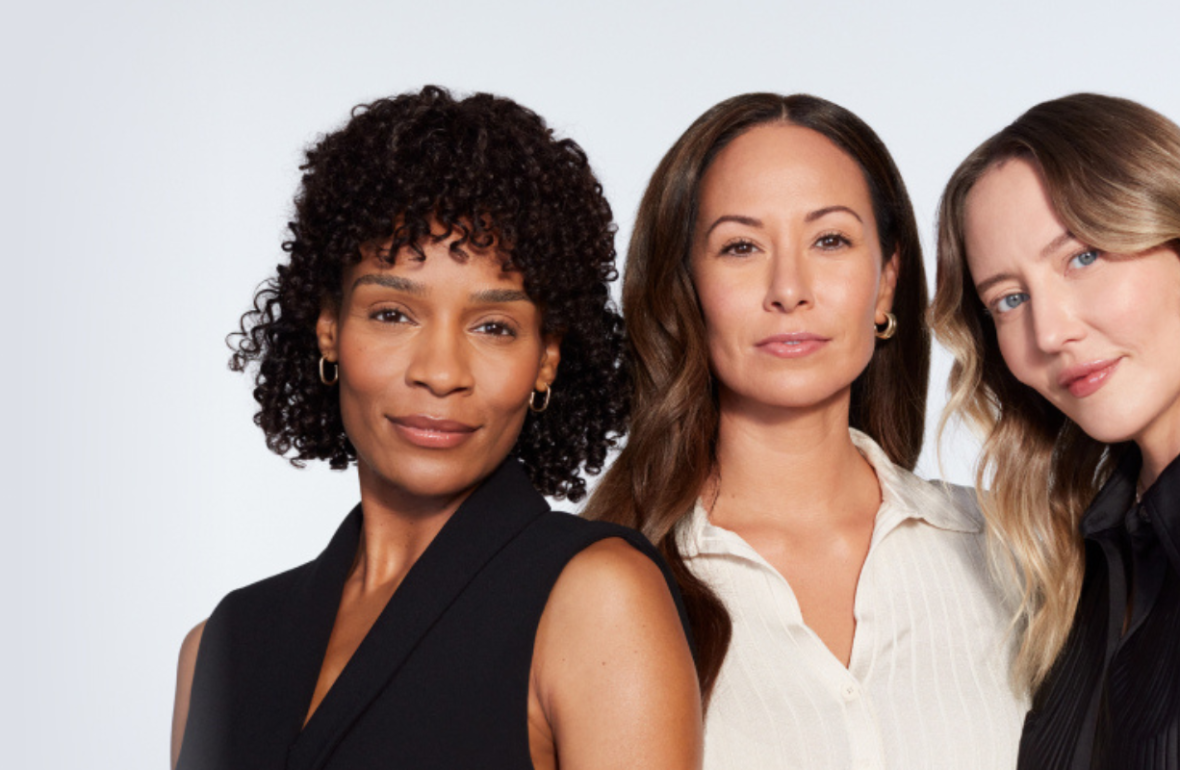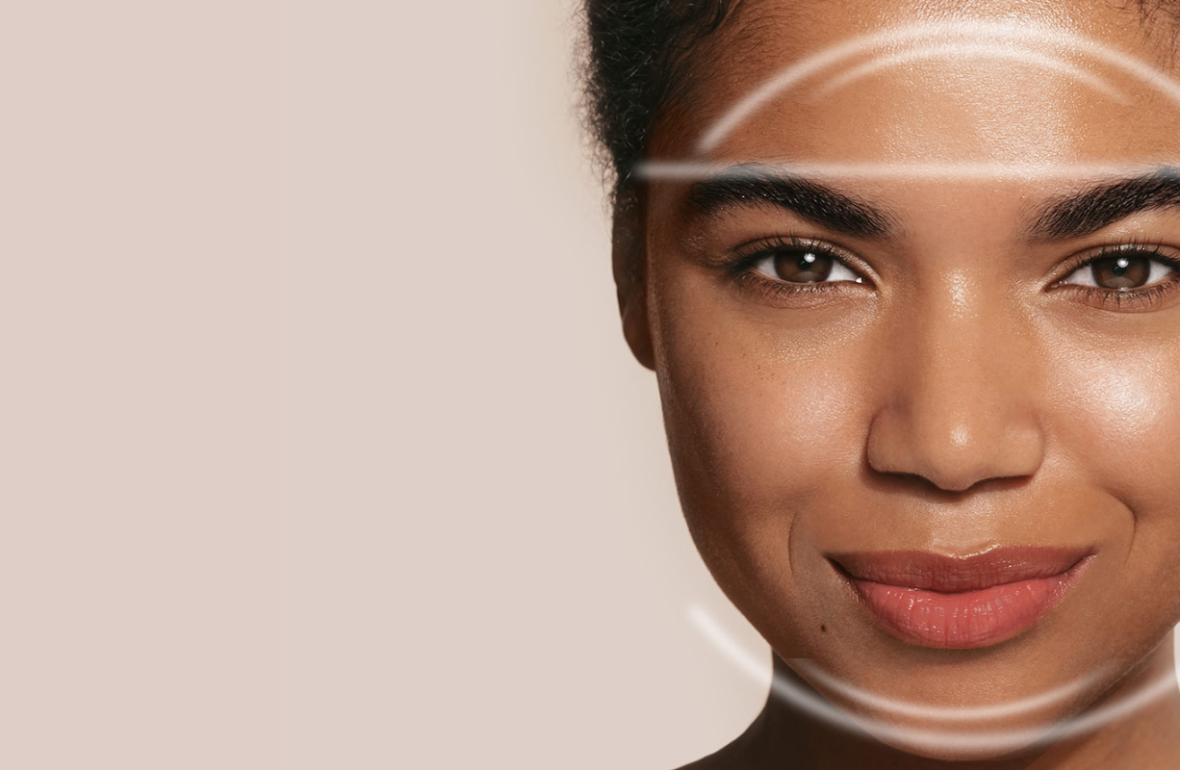Belladerm Blog
How to Choose the Most Flattering Sunglasses for YOUR Face
It’s time to protect your eyes with some cool shades this spring/summer! Do you get a headache from trying to decide on sunglasses that actually LOOK GOOD on you? Have a hard time dragging your BFF or hubby into the stores to give opinions as you try on a couple dozen pair? Maybe we can help! We found a very interesting article on the Skin Cancer Foundation’s website and we thought you’d like to take a peek, too! Read on:
Sunglasses have become the ultimate fashion accessory. They not only make a chic fashion statement but protect your eyes from the sun’s harmful ultraviolet (UV) rays. Selecting the right pair for yourself, however, can be complex due to the ever-increasing number of designer brands — luxury names such as Chanel and Tiffany as well as All-American Ralph Lauren and DKNY are just a few of the brands offering a broad array of lens and frame materials with different technical advantages. With all this technology and style to choose from, there is something for everyone.
The Shape of Things To Come
So, how do you figure out what sunglasses best suit you? It can be daunting. For starters, you need to know which styles fit the shape of your face. Here are some simple guidelines that should help:
Oval Face: square or cat’s eye frames
Square Face: rounder oval cat-eye frames
Round Face: rectangular frames
Triangular, or Heart-Shaped Face: frames with a straight, flat top, like aviator frames (which have lenses that narrow towards the bottom)
Once you have decided on a shape, consider size, color and material. Sunglasses come in a wide range of sizes. Larger frames provide more coverage for your face, and wraparound styles provide greater peripheral shade. There also are smaller frames for more petite faces. In terms of materials, plastic frames come in rich, complex colors and typically are easy to adjust for a custom fit. If you are looking for frames with multiple colors, plastic would be your style. Metal frames give a thinner profile and a lighter look. Titanium, for instance, is lightweight and very durable.
Regardless of frame shape or material, it is very important that your sunglasses feel comfortable and are not too heavy. Frames can slip down your nose if not properly adjusted. Avoid this by making sure the temples (stems) of the sunglasses fit comfortably around your ears.
Different types of lenses are appropriate for different activities. Polarized lenses are good for driving and water sports since they reduce glare from reflective surfaces like water, increasing visibility. Colored lenses serve a variety of purposes: Brown lenses create greater color contrast, providing better visibility on solid-color surfaces such as ski slopes by highlighting the peaks and valleys, while yellow lenses are good for both contrast and depth perception, making it a good choice for golfers and for bicyclists who need to be wary of debris on the road. Grey lenses offer the truest color correctness.
Finally, all sunglasses should block 99–100 percent of the sun’s ultraviolet radiation. Without UV protection, your eyes are vulnerable to diseases such as age-related macular degeneration and cataracts as well as cancers of the eye and eyelid. UV-blocking lenses will also reduce eye strain due to squinting on bright, sunny days. [For more information about the importance of protecting your eyes and the dangers of eyelid cancers, see “The Eyelids: Highly Susceptible to Skin Cancer.”] With so many different brands and styles available in a wide range of prices, several types of sunglasses will be right for you!
When purchasing sunglasses, remember the following:
- Sunglasses should block 99-100 percent of the sun’s UV rays. Check the tag on the packaging to ensure this.
- Sunglasses should fit comfortably over your ears and not slip down the bridge of your nose.
- Different lens colors and technologies are useful for reducing glare, and improving color contrast and depth perception.
You, Only Better™
Belladerm MedSpaTM is Maple Grove’s state-of-the art medical spa, offering today’s most advanced and effective procedures to the Twin Cities area.
Subscribe via Email
Check Out our Other Posts














